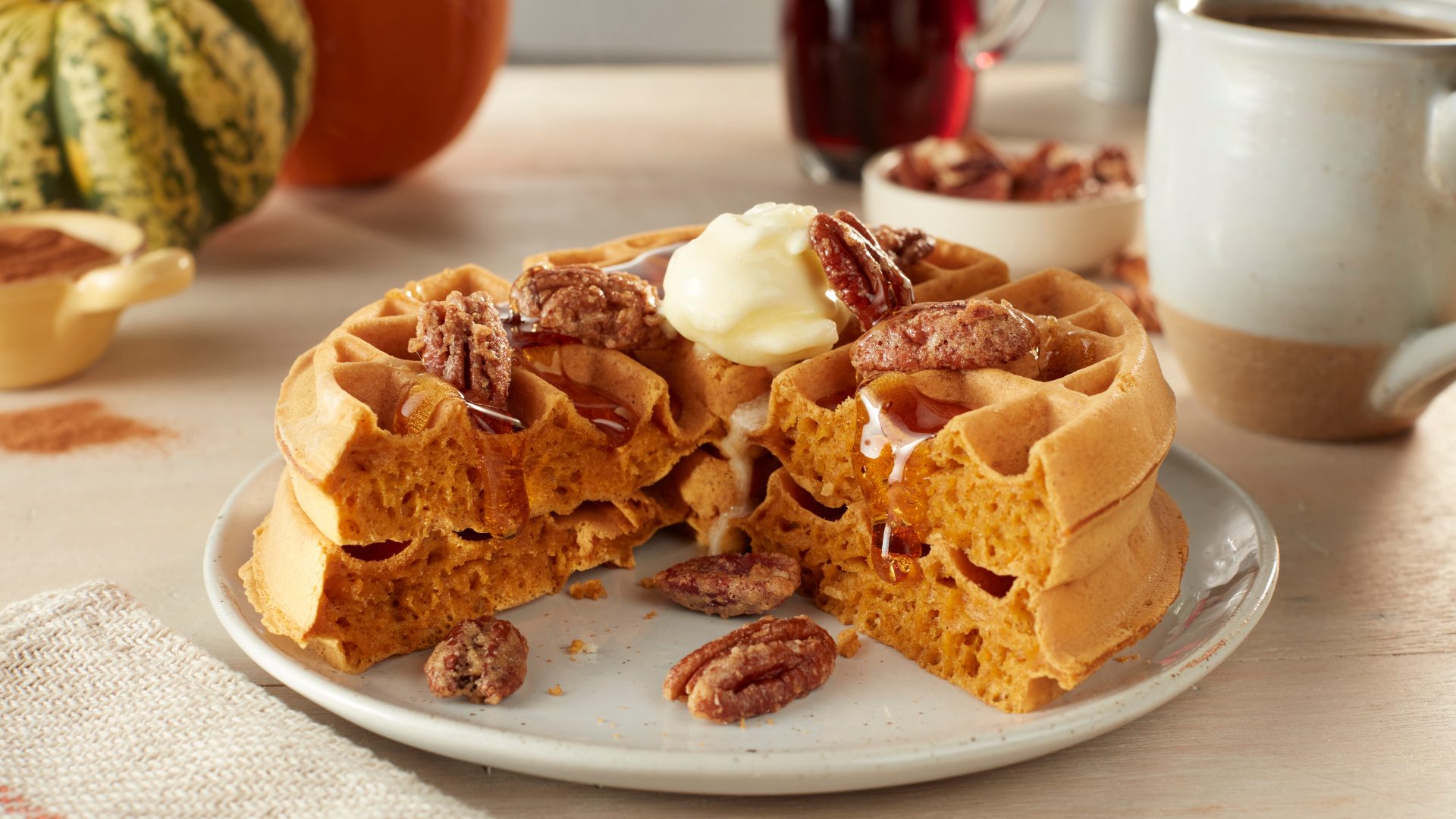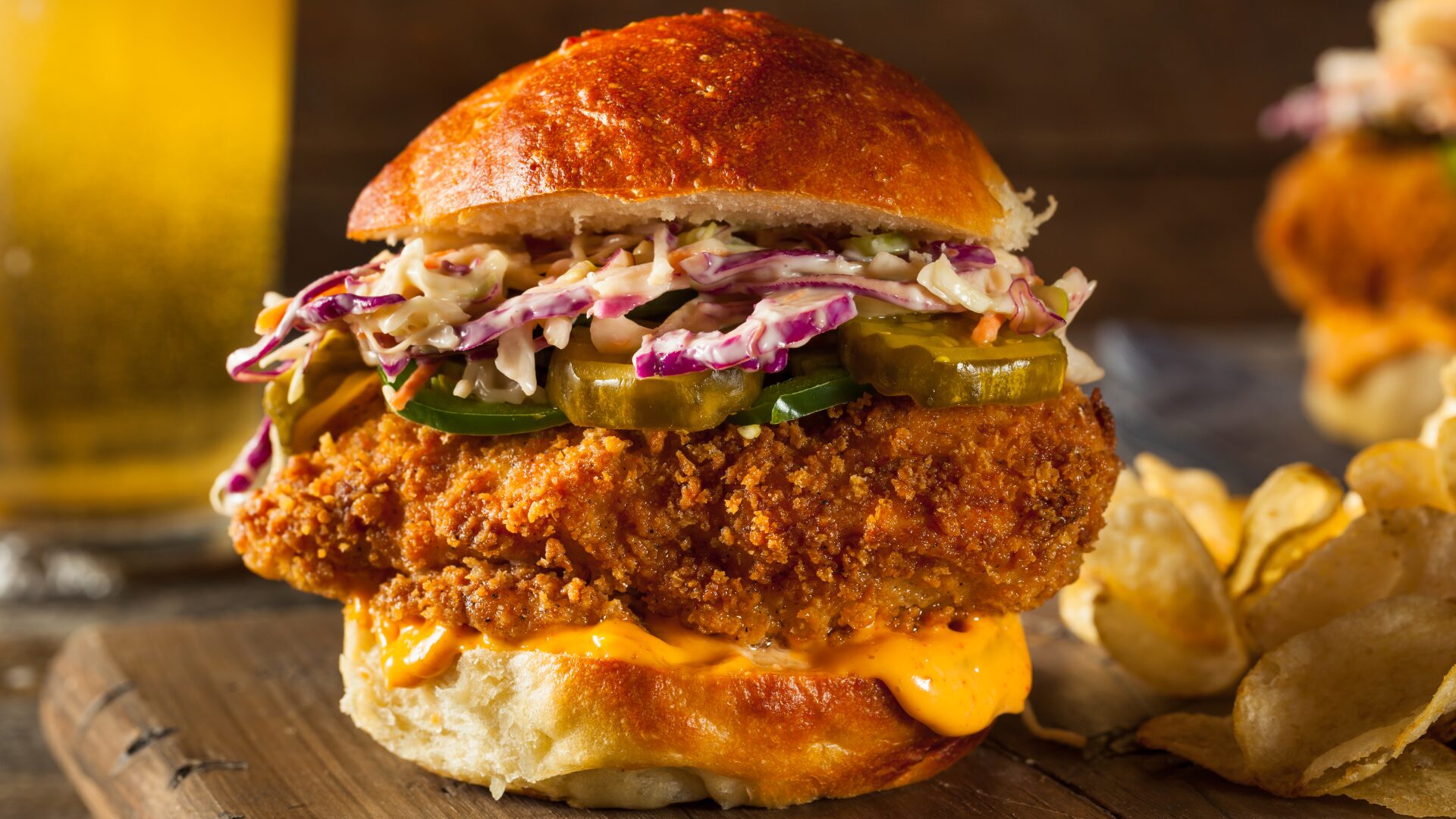With only a few exceptions, third-party delivery businesses seem to be struggling. But that fact shouldn’t be a surprise to anyone.
Indeed, this is precisely how the industry is supposed to play out. Platform businesses like third-party delivery often are described as “winner take most”. The platform(s) with leading market share finds it easier to acquire more restaurants and more drivers, which means quicker deliveries, which in turn attracts more customers, and so the virtuous circle goes.
Eventually, subscale rivals wither away.
We’ve seen precisely this dynamic in the adjacent rideshare business. The few competitors to Uber and Lyft were quickly dispatched. Now, Uber is methodically taking market share from its smaller rival.
The delivery market has had a larger number of legitimate competitors, but it increasingly looks like delivery, too, is headed toward becoming a duopoly.
Dire State of Affairs for Third-Party Delivery
Waitr Holdings, which now operates under the ASAP brand, had a market capitalization of roughly $500 million in mid-2020. The figure is now less than $3 million, and Waitr clearly is headed for liquidation. Just Eat Takeaway spent $7.3 billion to acquire Grubhub in June 2021 (roughly a year after the deal was announced). It was asking just $1.3 billion in a possible sale less than a year later.
No sale arrived. Even a partnership with Amazon offering free one-year loyalty memberships has done nothing to arrest the quick erosion of Grubhub’s market share, which now sits below 10%. The lack of interest at a relatively low valuation suggests potential buyers believe that share is headed even lower.
Elsewhere in the space, as we noted last year grocery delivery services have executed huge layoffs. Rapid delivery services have simply gone out of business. In a post-pandemic environment — and even with still-strong consumer spending — it does not appear that the delivery market can support dozens of entrants.
Even Instacart reportedly saw its valuation cut by two-thirds last year, as noted by PYMNTS. Instacart’s long-awaited initial public offering has yet to materialize.
Peering Ahead at Third-Party Delivery
The winnowing of the market leaves a key question, however, one of extreme importance to investors in both Uber and DoorDash: can delivery support any entrants, at least with the consistent profitability implied by each company’s valuation?
Even though both Uber and DoorDash trade below their IPO prices, both companies are dearly valued. Uber has a market capitalization over $80 billion; DoorDash almost $30 billion. Both valuations suggest that not only will the two companies control much of the delivery market, but that they will generate substantial profits doing so.
The catch is that substantial profits haven’t yet arrived. Over the past four quarters, each business has operated essentially at breakeven when accounting for stock-based compensation. (Like many tech companies, both Uber and DoorDash exclude that compensation from “adjusted” profit figures — yet those shares issued to employees represent a very real expense.)
The question for these businesses eventually becomes this: if they’re not profitable now, then when will they be?
Per Bloomberg Second Measure, Uber and DoorDash combined have about 90% of the meal delivery market, so share gains from this point won’t really move the needle. Grocery delivery has existed since the late 1990s, when the likes of Peapod and Webvan pioneered the market.
Uber and DoorDash can create some incremental revenue — and profit — by moving into incremental markets or generating add-on sales (such as when DoorDash recommends its driver stop at the ice cream shop after picking up a customer’s Chinese food).
There’s a very real question as to whether that’s enough, however. And, at some point, the U.S. consumer is going to pull back, and/or restaurants are going to push back. That in turn suggests the 12% take rate at DoorDash — let alone the 20%-plus that Uber enjoys — might have to moderate.
In other words, Uber and DoorDash have taken the first step and now control the delivery market. The second step, however, is just as important: proving that market was worth fighting over in the first place.
Vince Martin is an analyst and author whose work has appeared on multiple financial industry websites. He’s the lead writer at (www.overlookedalpha.com) Overlooked Alpha, which offers market-wide and single-stock analysis every week.
The Food Institute Podcast
Innovation isn’t accidental; companies that successfully innovate are rigorous and disciplined. SnackFutures Mondelez insights lead Barbara Schandl joined The Food Institute Podcast to discuss food innovation strategies in 2023 and shared her viewpoints on uncovering team members’ hidden skills and how curiosity is key for food industry success.












